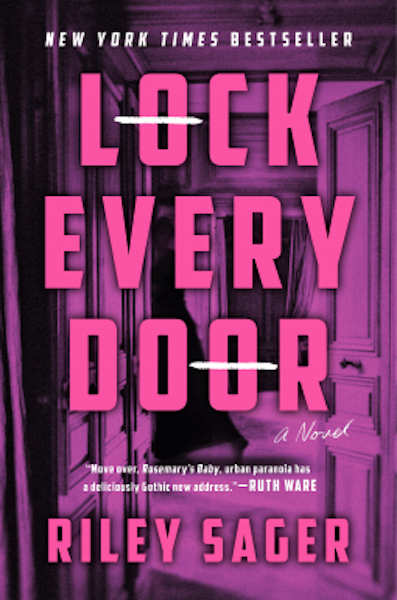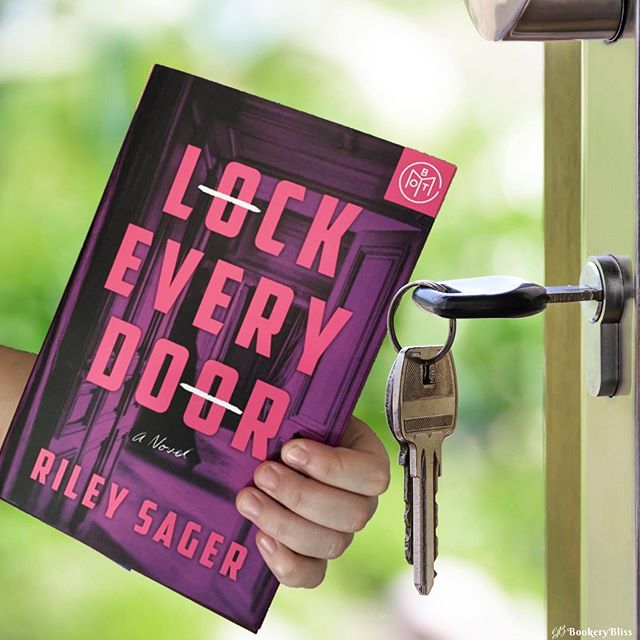

Had I known the apartment was in this building, I never would have responded to the ad. Then we’re off, rising slowly but surely into one of Manhattan’s most storied addresses. The elevator car has two doors-one with wire-thin bars that closes by itself, plus a crisscross grate Leslie slides into place before tapping the button for the top floor. On three sides, oak-paneled walls rise to waist height, where they’re replaced by a series of narrow windows.

There’s red carpet on the floor and gold leaf on the ceiling. But what it lacks in size it makes up for in style. Leslie and I stand shoulder to shoulder in the surprisingly small elevator car.

That’s the great thing about these older buildings-they were built to last.” And, apparently, to force people to invade each other’s personal space. We\’re not going to know too much about most of them until the near-end of the book.Not much in the lobby has changed since this place opened in 1919. We get one-dimensional rich people and know even less about their assistants (medical staff, doormen, etc.). The performance is well-done the writing itself isn\’t too over the top, though much of the plot is the characters, minus our protagonist, are not well-developed and rounded out. You will likely be able to figure things out about 65% of the way through, or sooner if you paid attention to the little details about what has been said or shared about the building and the people living in it, and more importantly what hasn\’t (been shared). There are a few misleading twists and turns, but, ultimately, the book is a solid, suspenseful, at times predictable read. You just have to dig a little deeper into \”if it is too good to be true….\” It is certainly more sinister and upsetting than you imagine. If you start to question why the apartment sitters of the Bartholomew building really can\’t have visitors, spend nights away, or bother the elite residents, and why there is so much odd turnover of temporary residents, you\’ll get what the story is actually about. This book addresses the disparity between those who have money, power, and privilege and how they see those of us who have very little (struggling to find gainful employment, between living situations, little to no money, etc.) in comparison. I\’m just going to get into my general assessment of the book. I won\’t rewrite the book jacket bio here.


 0 kommentar(er)
0 kommentar(er)
